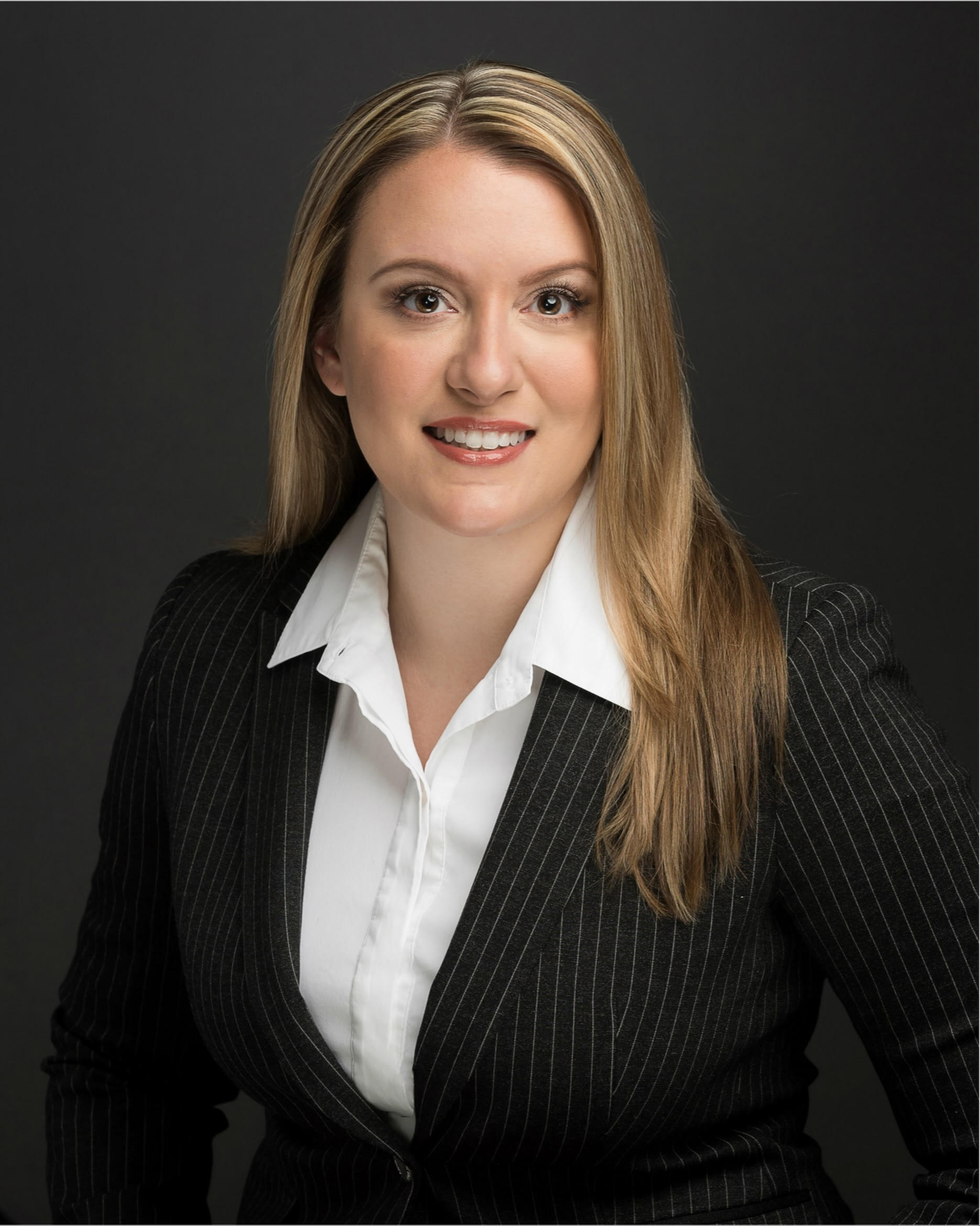For too long, school boundary lines have dictated a child’s educational opportunities based on their home address rather than their needs. But across the country, momentum is growing to remove these outdated barriers.
The No More Lines Coalition, a diverse alliance of more than 55 organizations, is demonstrating that transformational education reform can unite people across political divides. This movement isn’t just about policy change—it’s about ensuring every child has access to the best educational opportunities, regardless of their ZIP code. And lawmakers are taking action.
In at least 23 states over the past year, legislation has been introduced to expand public school access. Nevada’s proposed Assembly Bill 533, for instance, would empower students to enroll in any (intradistrict) public school that best fits them. In Alaska this past session, Gov. Mike Dunleavy backed legislation in both chambers to enable families with more options. This bipartisan push signals a recognition that public education should serve students, not archaic district lines.
The No More Lines movement is challenging the exclusionary school boundary lines that have long perpetuated divisions in this country. Our vision for the future of education is one where every child, regardless of their background, has the opportunity to thrive.
For the past hundred years, school boundary lines have dictated where children can attend school based on their residential address, and de facto, their family’s socioeconomic status. These lines often reinforce housing redlining, going back to the 1930s, limiting access to quality education for students from marginalized communities. Families are forced to navigate a complex and often difficult labyrinth of laws and regulations that prevent them from choosing the best educational environment for their children. This issue is critical, as about 82 percent of K-12 students attend public school today. The current one-size-fits-all, cookie-cutter system fails to recognize the diverse needs of students and perpetuates a cycle of inequality that hinders their full potential.
The No More Lines movement advocates for the elimination of these exclusionary school boundary lines, empowering families to access the public school that best meets their children’s needs. For some children, this might mean leaving a bullying situation, attending school near where a parent works, or accessing a specialized program for their unique abilities. By removing these antiquated barriers, we can empower families to advocate for their children’s future, best meeting kids where they are.
The effort is fueled by inspiring testimonies of individuals who have overcome enormous challenges. Kelley Williams-Bolar, a longtime activist for equal rights in public education, exemplifies resilience in the face of adversity. After enrolling her children in a different public school than they were assigned, she was horrifically prosecuted for “stealing” public education and sent to jail, making nationwide news. Former Gov. John Kasich granted Kelley executive clemency; yet, the State of Ohio keeps the same, deeply disturbing criminalization statute on the books today.
In North Carolina, Imanee McCoy-Meadows grew up in a low-income area and felt personally limited by the quality of education in her neighborhood, until she was accepted into an International Baccalaureate program that changed her life trajectory. According to McCoy-Meadows, now a mother herself, “every child deserves access to the best education available, regardless of where they live”.
And in Georgia, Chelsea Hutchings has learned to be an advocate for her youngest son, who has Down syndrome. Halfway through kindergarten, her son was removed from his school, where he was thriving, without parental consent. Chelsea passionately shares, “If my non-disabled children aren’t subjected to long, exhausting bus rides and disjointed community ties, then why should my disabled son be treated any differently?”
These stories remind us that change will be possible when we come together to challenge the status quo and advocate for a better future.
Forty-three states already have some form of open enrollment, proving that change is both necessary and possible. Now, we must take the next step: modernizing and strengthening these policies to make them work for every family, not just those with the means to move to a different district.
The principle is simple: public education should be abundant and open to all, not limited by lines drawn on a map. This isn’t a partisan issue; it’s an issue of fairness, freedom, and the fundamental right of families to choose what’s best for their children.
The No More Lines movement represents a turning point in dismantling outdated barriers and ensuring that school access is based on students’ needs, not their home address. By removing exclusionary school boundary lines, we can open doors to opportunity for every child, regardless of race, income, or ability. This is a call to action for policymakers, educators, and communities to work together in creating a future where educational opportunities are determined by potential, not geography.
No more ZIP code lotteries. No more artificial barriers. No more lines.





